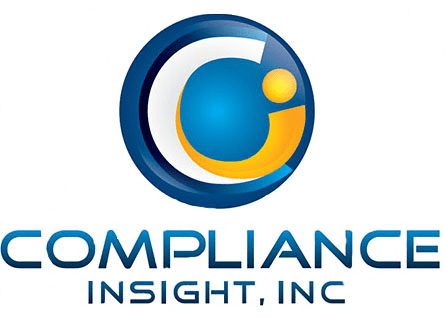The U.S. Food and Drug Administration (FDA) is a cornerstone in safeguarding the public from health emergencies and threats. This agency is pivotal, especially when quick responses are needed during health crises. Here’s an in-depth look at how the FDA manages such emergencies, focusing on the use of emergency use authorizations (EUAs) and enforcement policies.
FDA’s Emergency Use Authorizations Explained
During health emergencies, such as outbreaks of infectious diseases, the U.S. Secretary of Health and Human Services (HHS) can declare a situation under section 564 of the Federal Food, Drug, and Cosmetic Act (FD&C Act). This declaration empowers the FDA to issue EUAs, permitting the use of unapproved medical products or new uses of approved products under controlled conditions. These measures have been crucial in past crises involving diseases like H1N1, Ebola, and COVID-19.
The Crucial Role of Diagnostic Tests
Diagnostic testing is at the forefront of managing health crises by helping to track and control the spread of diseases. When there is no FDA-approved test available, EUAs become especially significant. These authorizations assist in making necessary diagnostic tools available, thereby enhancing the national testing capacity and response effectiveness.
Decision-Making in Emergencies
The FDA’s decision-making process involves assessing various factors before issuing enforcement policies to test manufacturers during declared emergencies. This assessment looks at the necessity, risk, available alternatives, and possible risk mitigations of using unapproved tests or new uses of approved tests. These considerations help ensure that actions taken are balanced with public health needs and the urgency of the situation.
FDA Guidance and Enforcement Policies
To address and manage the high demand for testing, especially seen during the COVID-19 pandemic, the FDA issues guidance with enforcement policies. This guidance aims to increase testing capacity but does not create legally enforceable responsibilities. It serves as a framework within which the FDA operates to oversee the deployment and use of unapproved or innovatively used tests.
Factors Considered for Issuing Enforcement Policy
The FDA carefully evaluates the need—which includes testing volume and urgency—the risks, and the alternatives before issuing an enforcement policy. These policies are adapted based on the specific disease risks and the testing needs of the population. For instance, the approach to enforcement can vary significantly between different crises, such as COVID-19 and mpox.
Mitigations for Unapproved Tests
In scenarios where unapproved tests are used, the FDA considers several mitigations to manage risks. These include examining the manufacturer’s experience and encouraging participation in evaluation programs. These steps are vital because false results from unapproved tests can significantly affect public health decisions and individual patient care.
Validation Procedures and Labeling
The FDA provides detailed recommendations for test validation and labeling in its guidance documents. These guidelines ensure that even in emergency situations, the tests used provide reliable results that can guide effective public health responses.
Review and Flexibility
The FDA’s enforcement policies are not static; they are reviewed and adjusted according to the evolving nature of the emergency. This flexibility ensures that the response remains relevant and effective throughout the duration of the health crisis. Despite these flexibilities, the FDA maintains the authority to take action against the use of unapproved tests if necessary.
Conclusion
The FDA’s role in managing public health emergencies through EUAs and enforcement policies is a testament to its commitment to protecting public health while ensuring that medical products used during emergencies meet necessary safety, efficacy, and quality standards. By understanding and supporting these mechanisms, we can appreciate the complexity and responsiveness of health governance during crises
For more insights on regulatory compliance and quality assurance strategies, visit Compliance Insight. Our experts are dedicated to guiding companies through the complex landscape of FDA regulations and ensuring public safety through compliance.
Let’s navigate the regulatory landscape together—reach out to Compliance Insight today for all your compliance needs!
